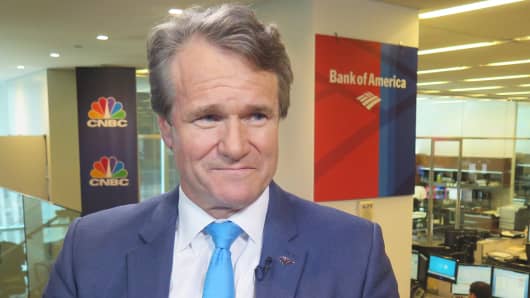Building a sustainable company requires making investments in the present that will hold us in good stead for the future. One important way we do that is in all the things we do for our employees to help them develop their careers and improve their lives and the lives of their families. Workplace wellness programs are an important way we invest in our people.
The U.S. Equal Employment Opportunity Commission (EEOC) recently issued final rules on employer-sponsored wellness programs and compliance with the Americans with Disabilities Act. As companies work to implement the rules, it's a good time to step back and consider why businesses offer wellness programs in the first place. Companies provide wellness programs because they understand that healthier teammates enjoy their work more and can do more for their customers and their clients. When employees feel their employer is invested in their wellbeing, they have a reason to stay with the company longer, lending their experience and deepening the relationships they can have with their customers and clients. And, of course, healthy employees result in lower health-care expenses for both employee and employer. So there's a link between investing in wellness and delivering for our customers and shareholders.
These are some of the reasons that Bank of America and many other companies have invested so heavily in programs to help employees better understand and take action to maintain their health. A successful approach starts with people taking the necessary steps to understand their own health.
Through regular health screenings and preventive physical exams, employees get the information they need to take more control over their own health. We've also expanded the use of health coaches and confidential counseling, and are exploring innovative programs to address some of the common health ailments. All of these approaches make it easier for companies and medical providers to develop programs and benefits to address common afflictions or risks.
Each year, we encourage our employees — and their spouses and partners — to complete a voluntary health screening and health questionnaire. Those who complete these activities receive a personalized health profile and set of recommendations for actions they can take to address any health issues. Last year, nearly 200,000 employees and their spouses and partners took advantage of these opportunities.
In addition to the personal benefits of these activities, employers can identify trends that can be addressed across the company. For example, we learned that many of our employees were concerned about not getting enough physical activity. As a result, we introduced Get Active!, a voluntary, team-based activity challenge to help employees increase physical activity. We're currently in the middle of our 2016 Get Active! challenge and have nearly 100,000 employees participating around the world. Research shows that an employee who decreases their body mass index (BMI) by just one point can reduce the health-care costs for them and their employer by $1,500 a year.
Workplace wellness programs are a worthwhile investment and becoming core to how we create the best workplace for our teammates. They also help us keep annual increases in costs our employees pay for medical coverage lower than the average rates across the country. Employees making less than $50,000 a year at our company have not seen their premiums increase since 2012.
CEOs know that the most important source of company excellence is our people. It's our responsibility as business leaders to invest in the health and wellbeing of our employees. Wellness programs are a great way to do that.
Commentary by Brian Moynihan, the chairman and CEO of Bank of America. He is also chair of the Business Roundtable committee on health and retirement.
For more insight from CNBC contributors, follow
@CNBCopinion
on Twitter.


